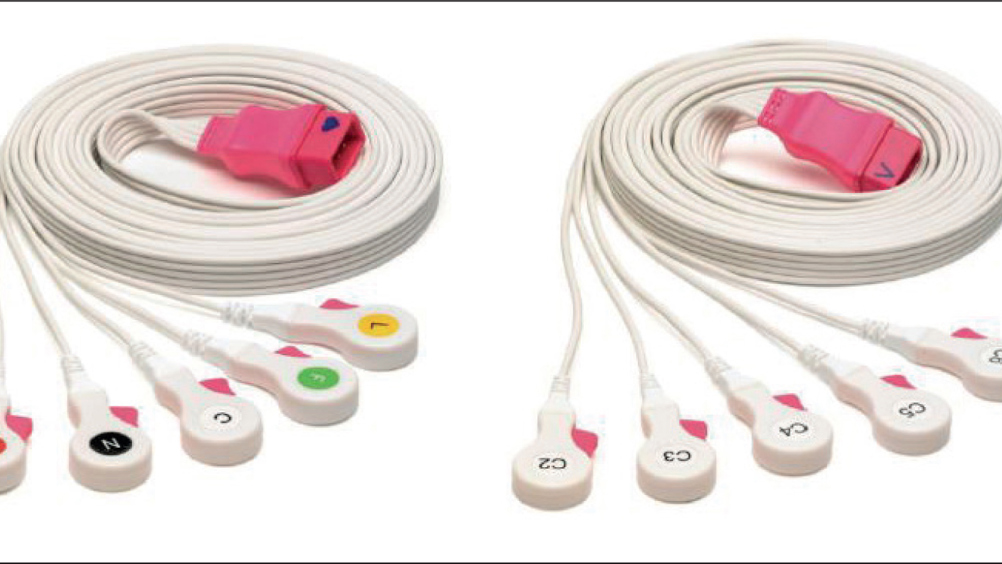References
The role of single-use ECG leads in reducing healthcare-associated infections

Abstract
An electrocardiogram (ECG), the recording of the electrical activity in the heart, is the most commonly performed cardiac test. It is carried out in a variety of clinical settings in hospitals and primary care, and its use is standard practice among high-risk, critically ill patients, and those who have undergone cardiac surgery. ECG recording is classified into two main categories: monitoring and diagnostic. 12-lead ECGs, which require electrodes to be placed on the chest and each limb, are used for diagnostic purposes, whereas 3- or 5-lead ECGs are used for rhythm monitoring. Cross-infection can arise from reusing ECG cables, even if they have been cleaned. Surgical site infection is a particular risk in patients who have undergone coronary artery bypass grafting, because ECG wires are placed on the chest close to the incision site. Single-use ECG leads, such as the Kendall DL™ ECG cable and lead wire system, reduce the risk of cross-contamination between patients and free nursing time for patient care because they are discarded after use and do not have to be cleaned and disinfected for use with another patient.
An electrocardiogram (ECG) is a recording of the electrical activity within the heart muscle and is the most commonly performed cardiac test (Kligfield et al, 2007). ECG monitoring is used in a variety of clinical settings in hospitals and in primary care, and the test is standard practice with the highest risk, critically ill patients.
ECG monitoring essentially falls in to two categories: 12-lead ECG recording and ECG rhythm monitoring. As the terms imply, the latter is used to monitor the heart's rhythm and identify any deviations from normal sinus rhythm, while the former is used primarily to ‘visualise’ anatomical surfaces of the heart to aid diagnosis of conditions such as myocardial infarction.
It is possible to record ECG rhythm without having to apply monitoring electrodes and cables, for example when using the AliveCor Kardia Mobile device, but they are required for continuous ECG monitoring in clinical settings.
Register now to continue reading
Thank you for visiting British Journal of Nursing and reading some of our peer-reviewed resources for nurses. To read more, please register today. You’ll enjoy the following great benefits:
What's included
-
Limited access to clinical or professional articles
-
Unlimited access to the latest news, blogs and video content

